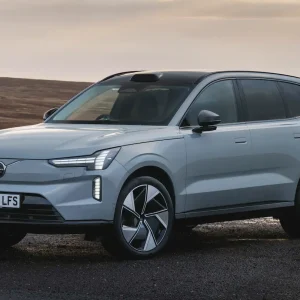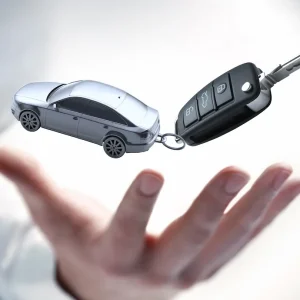Modern drivers face a plethora of distractions while behind the wheel, most of them obvious.
Although I was surprised to recently read about a study showing that satnav systems impair driving ability.
The research was jointly carried out by the Lancaster and Royal Holloway Universities.
It showed that driver performance was influenced as participants were set tasks by a computer which mimicked the instructions given by an in-car satnav.
Apparently people following complicated satnav instructions tended to drive faster, with more steering variations, as well as being less likely to notice pedestrians who might be stepping out.
My issue is that we know that satnavs aren’t perfect – but what’s the alternative?
Trying to read a map while driving, remember a series of directions throughout the journey, or follow road signs as you go all take your focus away from the road ahead (and of course the first one is illegal).
So although we must understand the limitations of satnav systems, they remain a really useful driving aid.
To be fair to these Universities, I don’t think that they are advocating a move away from satnav. What they are trying to do is urge the manufacturers to ensure that their systems provide directions in a clear and easy to understand format.
As with a lot of in-car technology, drivers must take a pragmatic approach – making the most of the benefits but without relying solely on a computer.
It is important to keep your wits about you and set off on a journey with at least a basic understanding of where you are going and the direction that you need to head in before you set out.
Follow BusinessCar on TWITTER.





